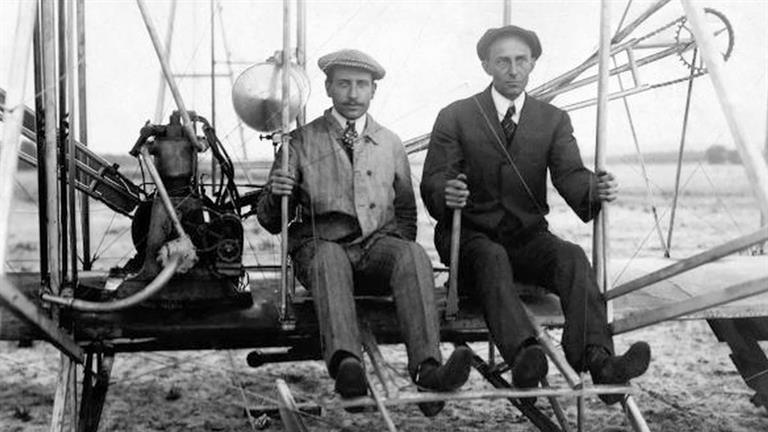LT: I can explain the positive and negative impacts of wind turbines.
Letter to the Editor
 Directions: Read the following prompt and write a letter to the editor of the Bangor Daily News. Make sure to pay close attention to the requirements (below).
Directions: Read the following prompt and write a letter to the editor of the Bangor Daily News. Make sure to pay close attention to the requirements (below). Requirements:
2) Make sure to write a claim that states your opinion. This will be the topic sentence of your letter.
3) Throughout the letter, back up your claim with at least 3 pieces of evidence. Cite specific information from our sources (used in the Socratic Seminar - posted below). Use “direct quotes” when using language directly from your sources. Consider the benefits of wind turbines and impacts on the ecosystem, animals and people.
4) Include a heading - Name, Group, Date
5) Type your letter in Pages. Font = Arial 12, double-spaced
6) When you're done, save and print your letter --> Turn in to Mr. Shaddox's Assignment basket.
Links to Sources:
Socratic Seminar Readings:
https://docs.google.com/document/d/1Je50yDK6klRf4RWYCSLvH9QGn9h29J2LVg7mtvwxU_8/edit#heading=h.oghwe51xww45
Additional Readings:
Homes
https://www.bostonglobe.com/metro/2013/04/04/turbine-flicker-effect-draws-complaints/UKgf7nOwMHm8CWAtZ47V5L/story.html
Sound A
http://www.theguardian.com/environment/2015/jun/10/no-evidence-people-affected-by-sound-emitted-by-wind-turbines-inquiry-told
Sound B
http://standardspeaker.com/news/wind-turbines-have-noisy-drawbacks-1.1901201
Climate
http://www.smithsonianmag.com/science-nature/myth-debunked-wind-farms-dont-alter-climate-180949701/?no-ist
Birds
http://www.smithsonianmag.com/smart-news/how-many-birds-do-wind-turbines-really-kill-180948154/
Links to Sources:
Socratic Seminar Readings:
https://docs.google.com/document/d/1Je50yDK6klRf4RWYCSLvH9QGn9h29J2LVg7mtvwxU_8/edit#heading=h.oghwe51xww45
Additional Readings:
Homes
https://www.bostonglobe.com/metro/2013/04/04/turbine-flicker-effect-draws-complaints/UKgf7nOwMHm8CWAtZ47V5L/story.html
Sound A
http://www.theguardian.com/environment/2015/jun/10/no-evidence-people-affected-by-sound-emitted-by-wind-turbines-inquiry-told
Sound B
http://standardspeaker.com/news/wind-turbines-have-noisy-drawbacks-1.1901201
Climate
http://www.smithsonianmag.com/science-nature/myth-debunked-wind-farms-dont-alter-climate-180949701/?no-ist
Birds
http://www.smithsonianmag.com/smart-news/how-many-birds-do-wind-turbines-really-kill-180948154/
















